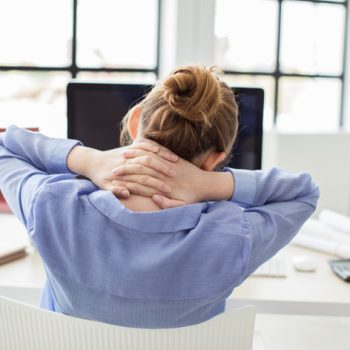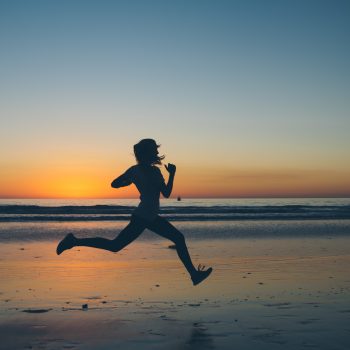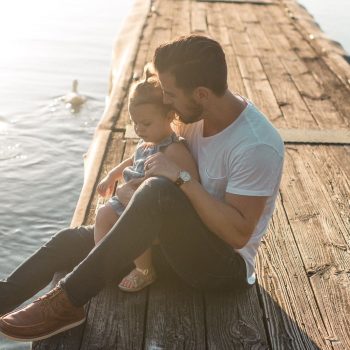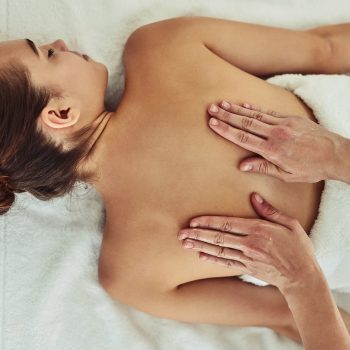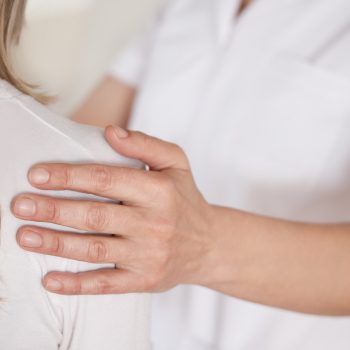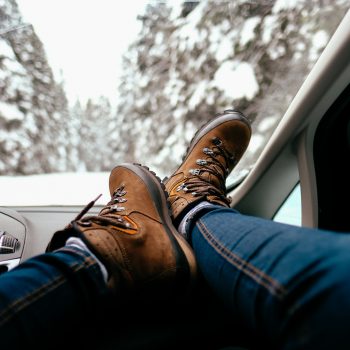Among the various types of disc herniation, the dorsal one caused by movements of rotation or torsion is certainly among the less frequent causes of pain and back pain – explains Dr. Lara Castagnetti, osteopath and specialist in Physical Medicine and Rehabilitation at Humanitas. – Dorsal hernia can occur especially when the torsions require intense chest-level exertion, as in some types of weight exercises in the gym. In this case, the last vertebrae of the dorsal area are affected, with consequences that could be complex, since the spinal cord and the nerve roots are located in this part of the vertebral column.
The cervical and sacral hernia, on the other hand, are the most common, often due to sedentariness and incorrect postures that favor the herniation of one of the intervertebral discs, with consequent backache. Imagining the discs as bearings between two rigid structures, i.e. the vertebrae, it may happen that the disc is worn out faster and then you get to the herniation, or the leakage of the nucleus contained within the intervertebral disc. Besides bad postures, even the altered gait due to dysmetry, i.e. the different length of the legs, or because the weight is loaded on the outside of the foot, can be a danger for the integrity of the intervertebral discs; in this case, however, it is the lumbar area and not the dorsal area, which is affected by the dysmetry, especially the area between the fifth lumbar vertebra and the first sacral one.


